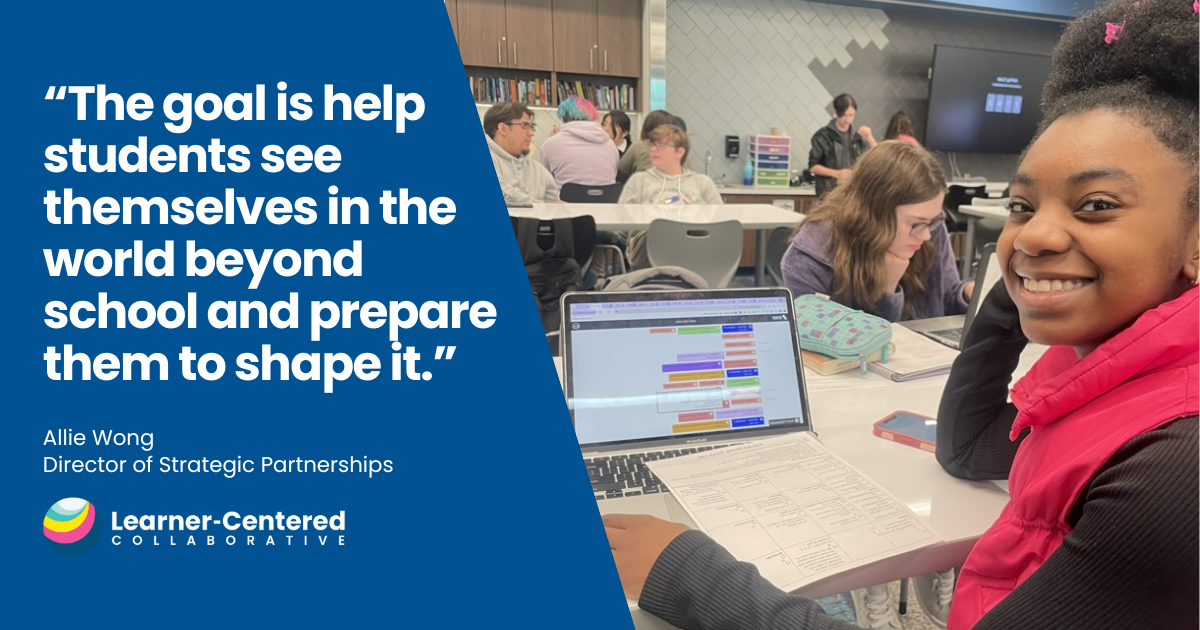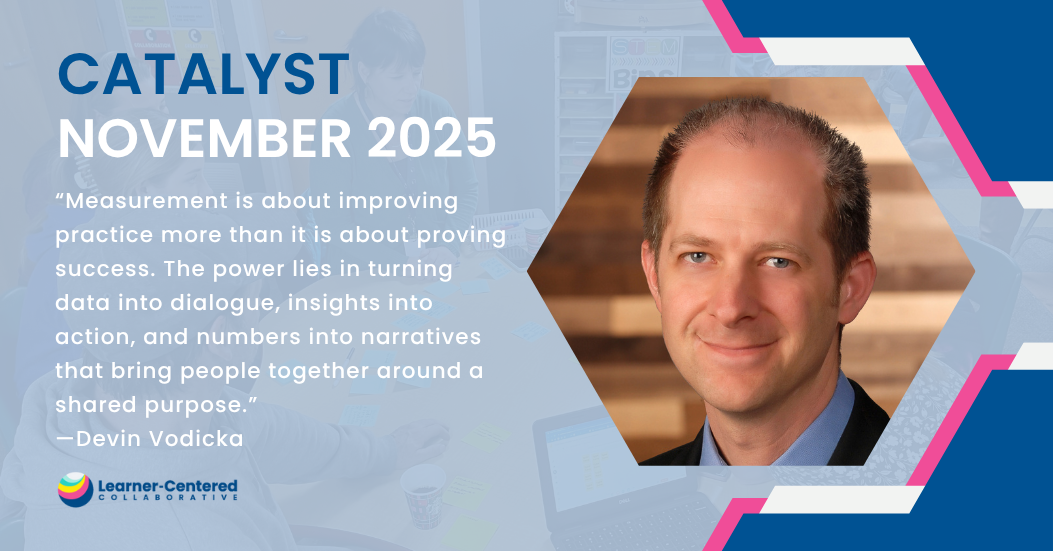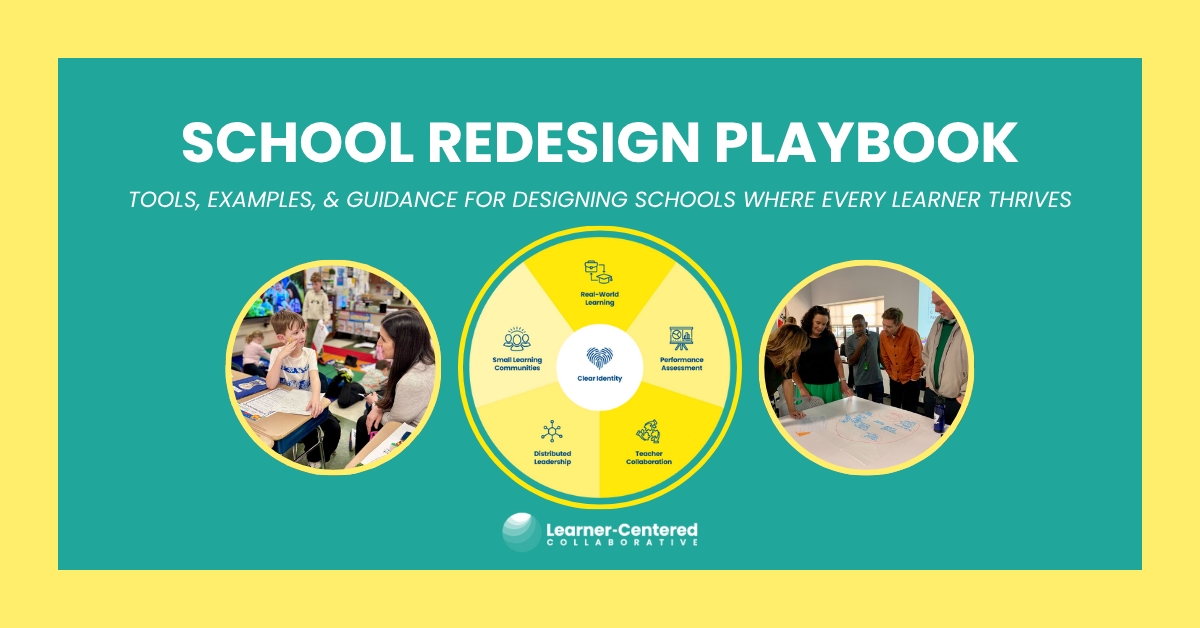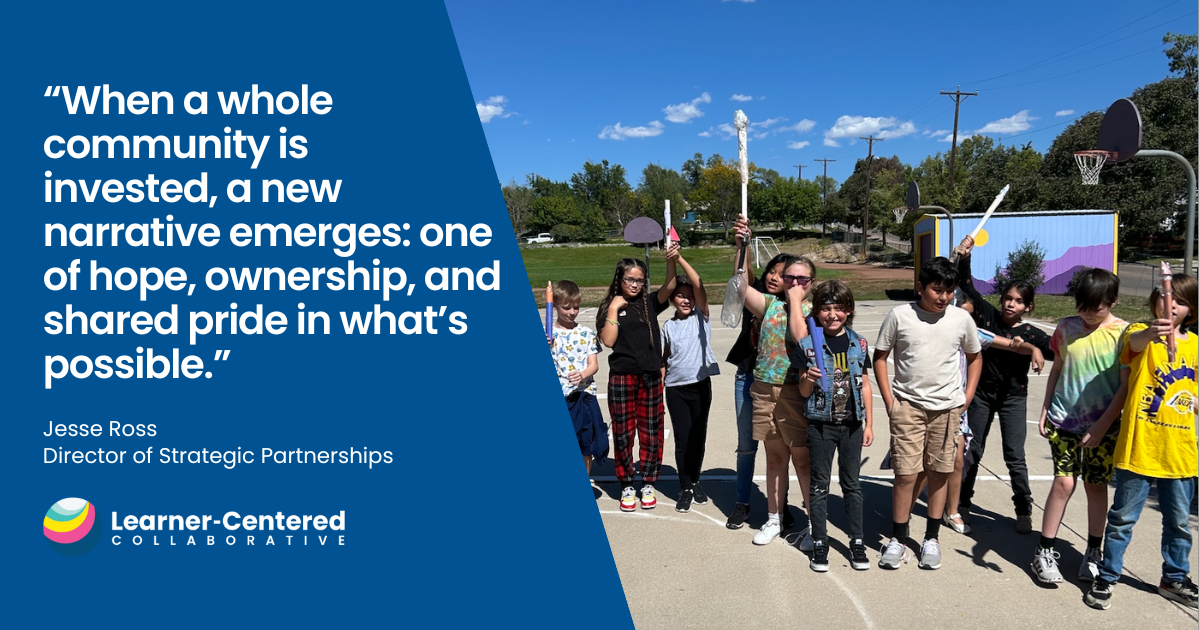Beyond the Classroom: Cultivating Local Partnerships to Generate Real-World Learning Opportunities
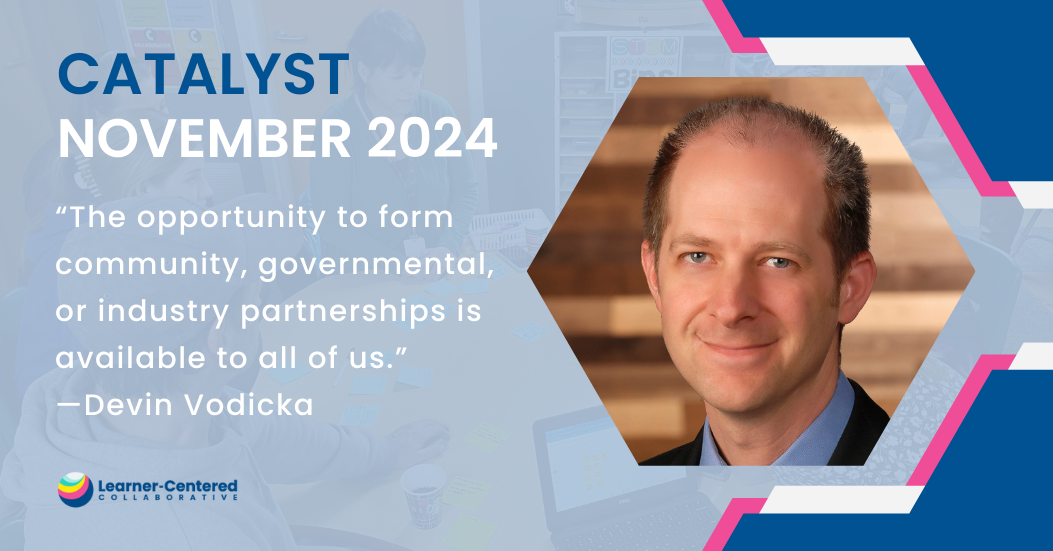
In our pursuit to create learner-centered educational ecosystems, out-of-school partnerships play a crucial role. Collaborations across various sectors not only break down barriers to access and opportunity but also infuse real-world learning into the everyday learning model. By fostering diverse partnerships, schools and districts can significantly enrich the learning landscape, offering students relevant and engaging educational experiences.
Taking Advantage of What’s Next Door
In 2002, I served as principal to open a new elementary school in Carlsbad USD. During the planning phase, we wanted to identify what would make this school unique. The answer was simple: its location.
Right by the school was the Calavera Nature Preserve—a 110-acre protected area that includes a lake, hiking trails, and even an extinct volcano. Before opening the school, I began developing relationships with agency leaders who helped manage these lands to best identify how we could partner to provide real-world learning experiences.
Through these partners and with the support of local collaborators, we launched a project-based learning program called Communities Alive in Nature. We built unique units for every grade level, including studies on native and invasive species and water quality management. At the end of each project, students presented their findings to the relevant agencies.
This wasn’t just for show. The students’ findings led to real change, including the redirecting of resources to address data that showed up in the students’ water quality testing research. Because we did this every year, the agencies were able to gather long-term data they didn’t have the capacity to gather themselves. It was truly a win-win relationship.
It was a privilege to have this natural resource so close. We didn’t even have to organize transportation to get learners out in the field. We could literally just walk over. Of course, we don’t all have nature preserves in our backyards, but the opportunity to form community, governmental, or industry partnerships is available to all of us.
Finding Intermediaries Who Can Multiply Access
These opportunities aren’t always obvious, but they also might not be as hidden as you think. I missed such an opportunity when working at Carlsbad’s district office. Every day, I would show up at the office and passively notice the satellite internet communications company right next door. I knew they were there but knew nothing about what they were up to, and I never asked.
It wasn’t until I moved districts (to Vista USD) and connected with a parent who worked for the company that I learned about their work and how meaningful it would be for our students to learn alongside their many experts. This conversation sparked a bigger question: “How can we open up learning access to different industries across the city? And, who can help us with that access?”
Working with Vista’s Chamber of Commerce, we spearheaded the “talent cities model,” which connected Vista middle schoolers with local businesses to gain diverse exposure to the world of work. Such exposure is invaluable, helping students connect their educational pursuits with potential career paths while also aligning with district learning goals. We organized visits to a hot tub manufacturer, the local hospital (one of the city’s largest employers), and a skylight company just to name a few.
One of the unexpected programs that emerged from these partnerships was “Principal for a Day” shadowing opportunities. Interacting with students got employers and their employees curious about what was happening in our school buildings, so we invited them in. At the end of each shadowing experience, we facilitated feedback conversations between industry workers and school leadership.
What Opportunities Are Just Outside Your Door?
Whether it was the nature preserve in Carlsbad or the industry connections in Vista, it was nothing short of amazing to see the depth of trust that was cultivated over such a short period of time in each of these partnerships.
The next time you walk out your door or are driving around your town, I encourage you to notice and reflect on the many learning opportunities your learners would benefit from. Then, send an email, make a phone call, or best of all, walk on in and have an in-person conversation expressing your interest in getting learners out in the community. Through meaningful partnerships, we unlock new possibilities so that learners can thrive in community and shape a brighter future for society as a whole.
